

HISTORY OF UJJAI N (MAHAKAL)…
The history of Ujjain Mahakal is deeply rooted in Hindu mythology and spiritual significance. Ujjain, one of the oldest cities in India, holds a special place in Hindu tradition as one of the seven sacred cities. The story of Mahakal, the presiding deity of the city, is entwined with legends and religious narratives dating back thousands of years.
According to Hindu mythology, Mahakal is considered to be an incarnation of Lord Shiva, the supreme deity in Shaivism. The word “Mahakal” translates to “Great Time” or “Lord of Time,” symbolizing the eternal and cyclical nature of creation, preservation, and destruction. So, concept of time in Hinduism is not linear but cyclical, with creation (Brahma), preservation (Vishnu), and destruction (Shiva) repeating endlessly.
Legend has it that Ujjain is the place where Lord Shiva performed his cosmic dance, known as the Tandava, which represents the dynamic forces of creation and destruction. This divine dance is believed to have taken place at the Mahakaleshwar Jyotirlinga temple, where Mahakal is worshipped in the form of a lingam, a symbolic representation of Shiva’s energy and power.
The Mahakaleshwar temple is one of the twelve Jyotirlingas, which are considered the holiest shrines dedicated to Lord Shiva. These sacred sites are believed to be self-manifested representations of Shiva’s cosmic form and are revered by millions of devotees across India.

WHO CONSTRUCT MAHAKAL MANDIR….
The construction of the Mahakaleshwar Temple, dedicate to Lord Mahakal (an incarnation of Lord Shiva), in Ujjain .
While the exact origin of the temple are shroude in the mists of time,
it is believe to have been construct and renovated by different rulers and devotees over the centuries.
One of the earliest mentions of the temple dates back to the 4th century BCE,
during the reign of the Mauryan Empire
. However,
the temple complex as it stands today is the result of successive renovations and expansions carried out by different rulers.
The temple complex has undergone numerous reconstructions and renovations
due to damage caused by natural calamities, invasions, and the passage of time
It has been patronize by various kings and dynasties, including the Guptas, the Paramaras, the Marathas, and the Scindias.
The current structure of the Mahakaleshwar Temple
it is largely attribute to the Maratha ruler Ranoji Shinde and his descendant,
who ruled the region in the 18th century.
Ranoji Shinde is credite with significant renovations and additions to the temple complex,
including the construction of the present-day sanctum sanctorum and the imposing Shikhar (spire) of the temple.
Over the centurie, the Mahakaleshwar Temple has been a focal point of devotion and pilgrimage for millions of devotees.
and its construction and maintenance have been sustained through the patronage of rulers, devotees, and charitable trusts.
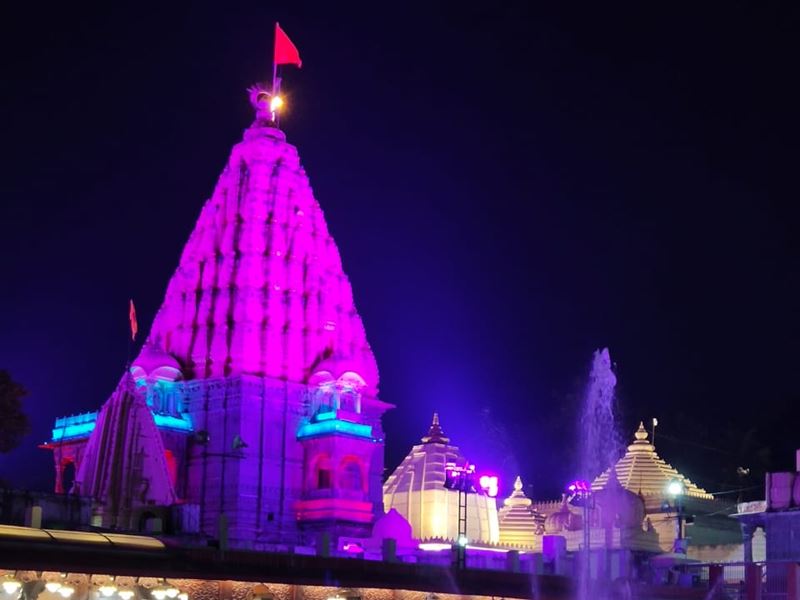
SEVERAL OTHER EXPLORING POINT IN UJJAIN….
Ram Ghat: Situated on the banks of the Shipra River.
Ram Ghat is a sacred bathing spot where pilgrims perform rituals and take holy dips. It is believe that taking a bath in the waters of the Shipra River cleanses one of sins.
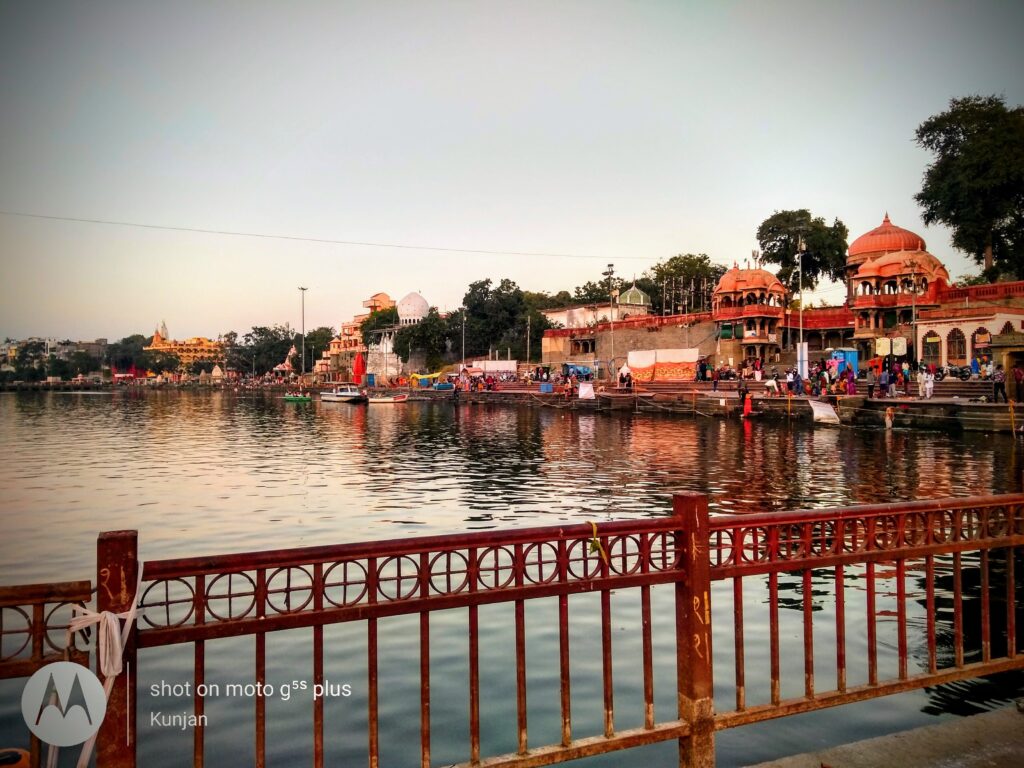
Kal Bhairav Temple: Dedicated to Lord Bhairav.
a fierce manifestation of Lord Shiva, this temple is located near the Mahakaleshwar Temple. Devotees often visit this temple to seek protection and blessings.

Harsiddhi Temple: Another significant temple in Ujjain, the Harsiddhi Temple is dedicate to Goddess Harsiddhi, an incarnation of Goddess Parvati. The temple’s architecture and the deity’s idol by devotees.

Chintaman Ganesh Temple: This ancient temple dedicate to Lord Ganesh is believe to fulfill the wishes of devote. It is locate near the Ram Ghat and is visit by pilgrims seeking blessings for prosperity and success.

MANY MORE PLACES TO VISIT……
“Embers of Devotion: Bhashma Aarti in Ujjain’s Sacred Flame”
The history of the Bhashma Aarti in Ujjain
is intertwine with the rich cultural and religious traditions of the Mahakaleshwar Temple
, one of the most revered Shiva temples in India.
While precise historical record may be scarce.
the origin of the Bhashma Aarti can be trace back several century, if not millennia.
The Mahakaleshwar Temple itself has a long and illustrious history, with mentions dating back to ancient Hindu scriptures and texts.
The temple is one of the twelve Jyotirlingas, considered the holiest shrines dedicated to Lord Shiva.
And has been a center of pilgrimage and devotion for countless generations.
The Bhashma Aarti is believe to have been performe at the Mahakaleshwar Temple
for centuries as part of its daily rituals and worship practices.
The ceremony likely evolved over time, influenced by various religious and cultural factors,
to become the sacred tradition it is today.
The ritual of applying bhashma (sacred ash) to the lingam
(symbolic representation of Lord Shiva) is deeply root in Hindu mythology and spiritual symbolism
. Bhashma symbolizes the transient nature of life and the inevitability of death,
Over the centuries
the Bhashma Aarti has remained an integral part of the daily worship rituals at the Mahakaleshwar Temple
, attracting devotees from far and wide who seek blessings, purification, and spiritual upliftment.
The ceremony is performe with great devotion and reverence by the temple priests.
accompanied by the chanting of Vedic hymns and the ringing of bells.
Despite the passage of time and the change brought about by history
the Bhashma Aarti has retaine its significance and continues to be performe with the same fervor and devotion as
it was in ancient times.
It serves as a timeless reminder of the eternal presence of Lord Shiva and the sacred bond between the devotee and the divine.
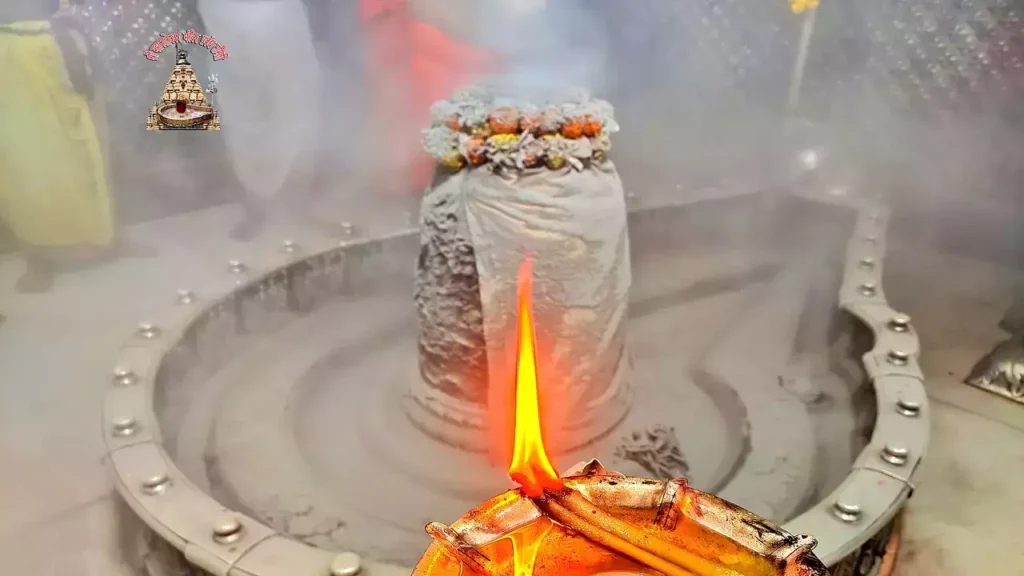
MASAN HOLI IN UJJAIN(MAHAKAL)….
Masan Holi, also known as Matki Holi, is a unique and joyous festival celebrated in Ujjain
, Madhya Pradesh, with great enthusiasm and fervor.
This colorful event, which typically takes place a few days before the main Holi festival, holds significant cultural and social importance in the region.
Here’s an overview of Masan Holi in Ujjain:
- Traditional Roots: Masan Holi has its roots deeply embedded in the local traditions and culture of Ujjain.
- It is believe to have originated as a celebration of the victory of good over evil, with references to the legend of Lord Krishna defeating the demoness Putana.
- Matki Breaking Ritual: The hallmark of Masan Holi celebrations in Ujjain is the ritual of breaking earthen pots (matkis) filled with colored water or milk. .
- The breaking of the matki symbolizes the triumph of righteousness and the onset of spring.
- Colorful Revelry: The streets of Ujjain change into a riot of colors during Masan Holi.
- People of all ages come to smear each other with brightly colored powders and drench one all in colored water. It’s a time of joyous celebration and camaraderie, were social barriers


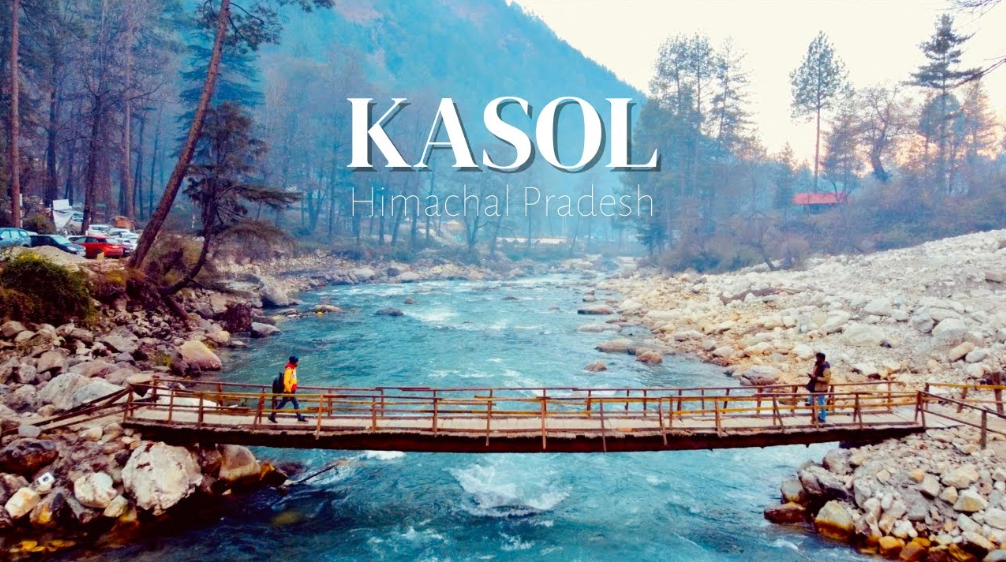
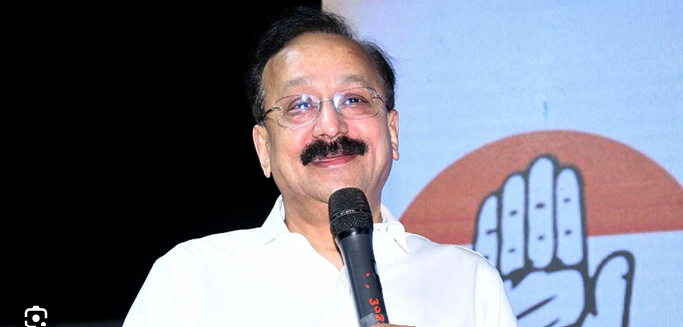
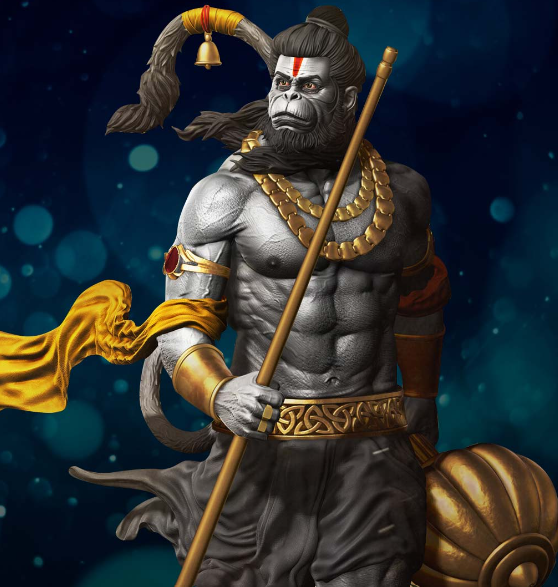

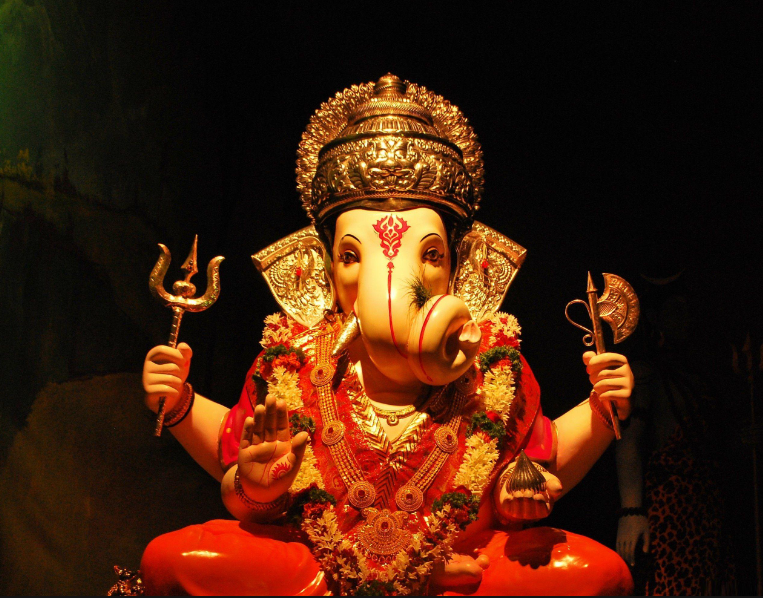
Nice 👌 Keet it up 👍🏻
Thankyou